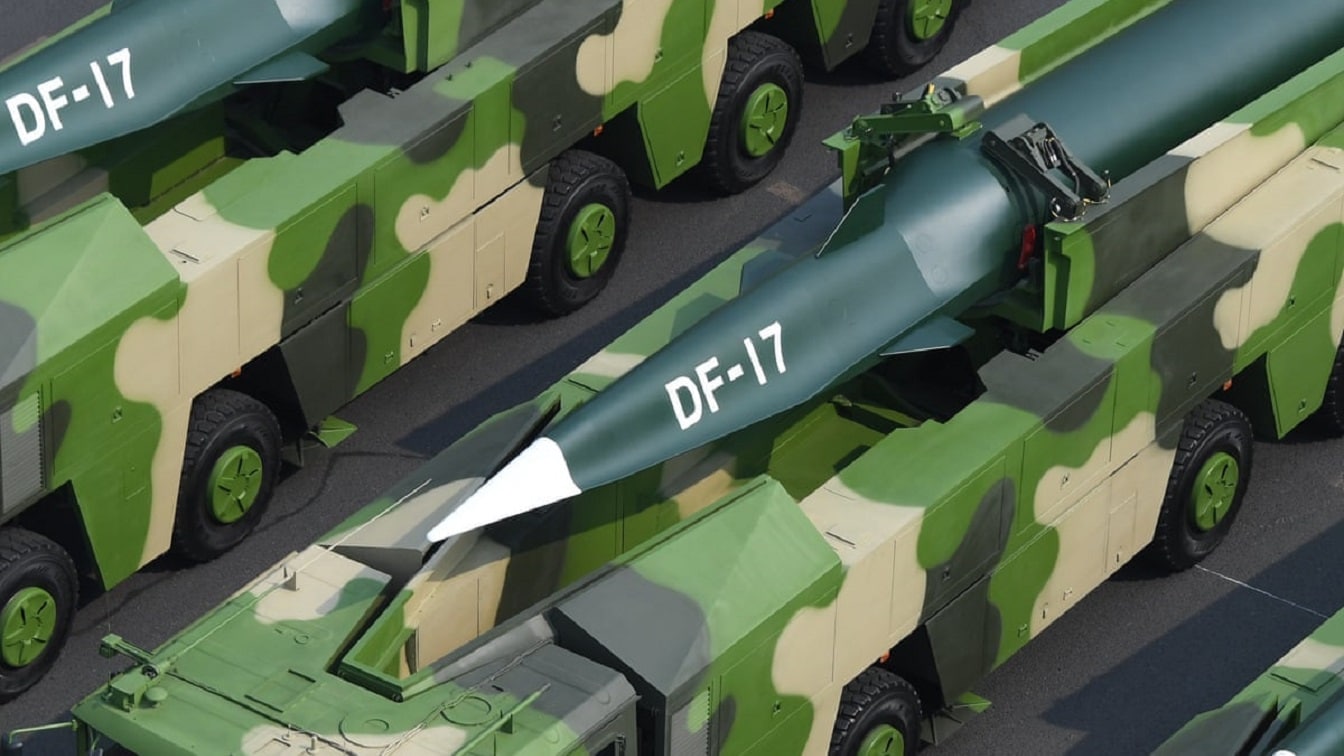Article Summary and Key Points: As Secretary of Defense Pete Hegseth takes charge, closing the U.S. “missile gap” with China must be a top priority. The U.S. lacks sufficient munitions for a prolonged conflict, and slow production threatens readiness. Solutions include appointing a “Munitions Tsar” to streamline production, encouraging allies to share the burden, leveraging AI for targeting efficiency, and redesigning munitions for faster assembly.
The U.S. Missile Gap: Can We Produce Enough to Deter China?
The U.S. faces a critical missile shortage against China. Can innovative strategies and expanded production close the “missile gap” before it’s too late?
As Pete Hegseth takes over at the Department of Defense, one of his top priorities should be addressing the “missile gap” – the broad distance between the munitions the U.S. currently has and the amount we’d need to defeat China in a conflict.
This gap is exacerbated by our now-limited defense industrial base and the long lead-times involved in producing more munitions. And while additional funds could help, China’s aggressive actions demand a broader, faster response to address the munitions “missile gap.”
First, the Trump administration should consider appointing a “Munitions Tsar,” an official dedicated to ensuring munitions production. This official – equipped with a team and a commensurate budget – should work to remove roadblocks from production, coordinate efforts, reduce the time and costs of production, propose best practices, and draw attention to any problems.
Second, the administration should encourage burden-sharing with allies and partners. While we should prioritize increasing production within the United States, many allies and partners would also benefit from increasing their own munitions production, which would alleviate some of the pressure on the U.S. in the event of a conflict. We should work with these partners, sharing financial and material burdens to produce additional munitions.
Third, the administration shouldn’t focus solely on the capability of our munitions. In the end, all that matters is what works. We should consider using both low- and high-tech solutions, especially when both produce similar battlefield effects and when low-tech solutions could extend the life of current munition stocks.
Fourth, we should weaponize artificial intelligence. When used in targeting, AI greatly improves both munitions delivery and destruction of enemy capabilities. If used effectively, this capability could dramatically expand the efficacy of existing munitions, thereby prolonging the life of our existing stock.
Fifth, the administration can encourage munitions companies to increase production by extending tax and regulatory benefits to them. This should be done in coordination with state and local officials and agencies, who may also be able to provide benefits to expand current production lines or allow new ones to be developed.
Sixth, we should redesign current munitions so that they’re easier to assemble and require less time to produce.
Finally, we should enlist the aid of the Intelligence Community, which has many resources at its disposal that could increase munitions production and alleviate some of the DOD’s financial burden.
Effective deterrence requires the ability to successfully wage war against an opponent. This in turn requires possessing both sufficient munitions and the capability to develop more munitions in a timely manner. It also demands the development of a rich variety of munitions fitted to the broad needs of the U.S. military.
The U.S. should work not only to increase munitions production but also to embrace unorthodox approaches and adopt unique institutional design features to accelerate production. Only by thinking like organizational insurgents, understanding the stakes of defeat, and giving the military our very best can we overcome the obstacles we face and secure victory in the Indo-Pacific.
About the Author: Daniel R. Green
Daniel R. Green, Ph.D., is a Research Fellow at The Heritage Foundation. He served as the Deputy Assistant Secretary of Defense for Strategy and Force Development from 2019-2021. He is the co-editor of Confronting China: U.S. Defense Policy in an Era of Great Power Competition (Bloomsbury, 2024). These views are his own and do not necessarily represent the U.S. Department of Defense.

